Table of content
Cakes are a centerpiece of celebrations, from birthdays to weddings, and choosing the right size can make or break an event. One of the most common questions bakers and party planners face is, “How big is an 8-inch cake, and how many people will it serve?” This article dives deep into the dimensions, servings, and practical applications of an 8-inch cake, ensuring you never underestimate—or overestimate—your dessert needs again.
The Basics: What Does an 8-Inch Cake Measure?
An 8-inch cake refers to the diameter of the cake’s base. To visualize this, imagine a standard dinner plate—most are between 10 to 12 inches in diameter, making an 8-inch cake noticeably smaller but still substantial enough to serve a crowd. The height of the cake, however, can vary. Most layer cakes are between 4 to 6 inches tall when assembled, depending on the number of tiers and frosting layers.
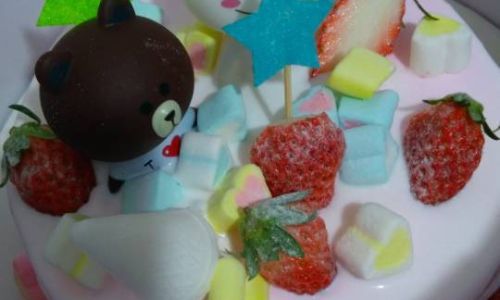
Mathematical Breakdown
- Diameter: 8 inches (20.32 centimeters).
- Radius: 4 inches (half of the diameter).
- Area: Using the formula for the area of a circle (πr²), the surface area is approximately 50.24 square inches (324 square centimeters).
- Volume: Assuming a standard height of 4 inches, the volume is roughly 200 cubic inches (3.28 liters). For a 6-inch-tall cake, the volume jumps to 300 cubic inches (4.92 liters).
These measurements matter because they dictate portion sizes and baking logistics. A taller cake may yield more servings, while a shorter one might feel denser.
How Many Servings Does an 8-Inch Cake Provide?
The number of servings depends on how you slice the cake. Industry standards differentiate between party servings (larger slices) and wedding servings (smaller, more elegant portions). Here’s a breakdown:
| Slice Size | Dimensions | Servings (Round Cake) |
|---|---|---|
| Party | 1″ x 2″ x 4″ | 12–14 |
| Wedding | 1″ x 1″ x 4″ | 24–28 |
For example, a 4-inch-tall 8-inch cake cut into party-sized slices (1″ x 2″) will serve 12–14 people. If sliced into thinner wedding-style portions (1″ x 1″), it can stretch to 24–28 servings. This flexibility makes the 8-inch cake ideal for both intimate gatherings and modest events.
Comparing Cake Sizes: Where Does an 8-Inch Cake Fit?
To contextualize the 8-inch cake, here’s how it stacks up against other popular sizes:
| Cake Size (Diameter) | Typical Servings (Party Style) | Best Used For |
|---|---|---|
| 6-inch | 8–10 | Small families, gift cakes |
| 8-inch | 12–14 | Birthdays, office parties |
| 9-inch | 16–20 | Medium-sized gatherings |
| 10-inch | 24–28 | Weddings, large events |
| 12-inch | 40–50 | Corporate events, galas |
The 8-inch cake strikes a balance between being too small (like a 6-inch) and overly generous (like a 10-inch). It’s the Goldilocks of cake sizes for many occasions.
Baking Considerations for an 8-Inch Cake
Baking an 8-inch cake requires attention to detail to ensure even cooking and a moist texture. Here’s what bakers need to know:

Pan Size and Depth
- Standard vs. Tall Pans: An 8-inch round pan is typically 2–3 inches deep. Deeper pans require longer baking times and may need adjustments to oven temperature to prevent drying out.
- Volume: A standard 8-inch pan holds about 6 cups of batter, while a 6-inch pan holds 4 cups. This difference affects recipe scaling.
Baking Time and Temperature
- Temperature: Most 8-inch cakes bake best at 350°F (175°C).
- Time: A 2-inch-deep cake may take 25–35 minutes, while a 3-inch-deep cake could require 40–50 minutes. Always use a toothpick test to check for doneness.
Ingredient Adjustments
If scaling a recipe from a different pan size, use this formula to maintain texture:
- New batter amount = (Desired pan volume ÷ Original pan volume) × Original recipe ingredients.
For example, doubling a 6-inch recipe (4 cups) to fit an 8-inch pan (6 cups) would multiply ingredients by 1.5.
Decorating and Design Tips for 8-Inch Cakes
The 8-inch canvas offers ample space for creativity without being overwhelming. Here’s how to make the most of it:
Frosting and Fillings
- Layering: A 4-inch-tall cake can accommodate 2–3 layers with filling in between. Popular choices include buttercream, ganache, or fruit preserves.
- Crumb Coating: Always apply a thin layer of frosting to seal in crumbs before the final coat.
Decorations
- Piping: The 8-inch surface allows for intricate piping designs, such as borders, rosettes, or written messages.
- Fresh Flowers or Fruit: Arrange decorations around the edges to avoid overwhelming the cake’s proportions.
- Fondant: A single-tier fondant cake in this size is manageable for both beginners and professionals.
Common Mistakes to Avoid
- Overloading Toppers: Heavy decorations can cause the cake to tilt. Use lightweight plastic or edible toppers.
- Uneven Layers: Ensure each cake layer is level before stacking to prevent leaning.
Storing and Serving an 8-Inch Cake
Proper storage ensures your cake stays fresh and delicious:
Shelf Life
- Unfrosted: Wrap tightly in plastic and store at room temperature for up to 3 days.
- Frosted: Refrigerate for up to 5 days. Bring to room temperature before serving.
- Freezing: Double-wrap in plastic and foil; freeze for up to 3 months.
Serving Etiquette
- Temperature: Serve at room temperature for optimal flavor and texture.
- Slicing: Use a sharp knife dipped in hot water for clean cuts. Wipe the blade between slices.
When to Choose an 8-Inch Cake
The 8-inch cake’s versatility makes it suitable for countless occasions:
- Birthdays: Perfect for families or small groups.
- Office Parties: Feeds 10–15 coworkers without waste.
- Anniversaries: Intimate enough for couples but shareable with guests.
- Gifts: A thoughtful size for hostess presents or holiday greetings.
Cost-Effectiveness of an 8-Inch Cake
Compared to larger cakes, the 8-inch option is budget-friendly. On average, a bakery-quality 8-inch cake costs $30–$60, while a 10-inch cake might run $60–$100. Homemade versions are even cheaper, with ingredients costing $10–$20. This makes it an economical choice for frequent bakers or those hosting recurring events.
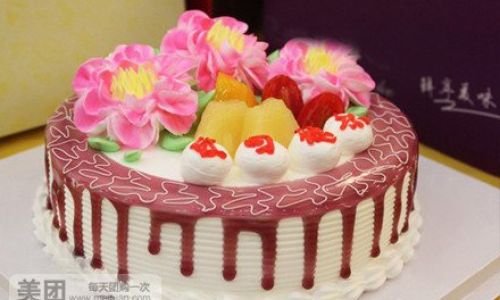
FAQs About 8-Inch Cakes
Q: Can I use an 8-inch cake recipe in a different pan size?
A: Yes, but adjust baking time and temperature. Smaller pans may require less time, while larger pans need more.
Q: How tall should an 8-inch cake be?
A: Most recipes yield a 4-inch-tall cake. For taller cakes, bake multiple layers and stack them.
Q: Can I make a tiered cake with an 8-inch base?
A: Absolutely! An 8-inch bottom tier paired with a 6-inch top tier creates a classic two-tiered design.
Q: How much frosting do I need for an 8-inch cake?
A: Plan for 4–5 cups of frosting to cover and fill a 4-inch-tall cake.
Conclusion
The 8-inch cake is a culinary chameleon, adapting to everything from cozy family dinners to lively office celebrations. Its balanced size ensures no one goes hungry, while its manageable proportions make it a joy to bake and decorate. By understanding its measurements, servings, and baking nuances, you can confidently choose an 8-inch cake for your next event—knowing it’s neither too little nor too much, but just right.
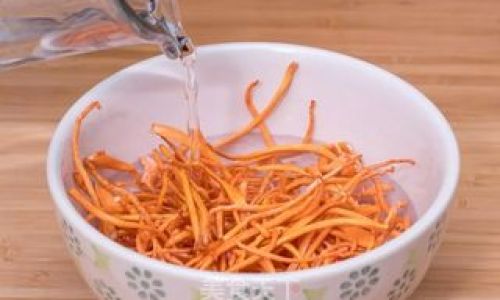

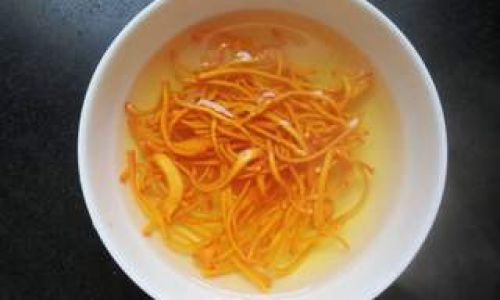
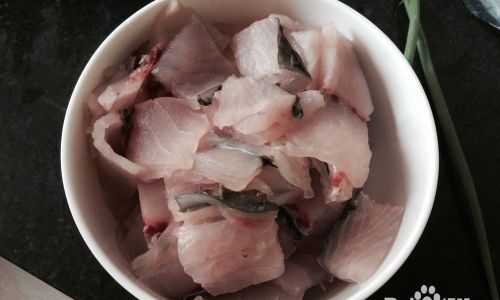
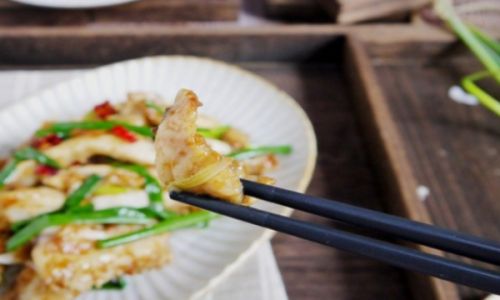
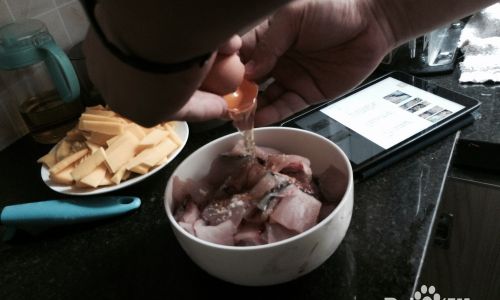
0 comments